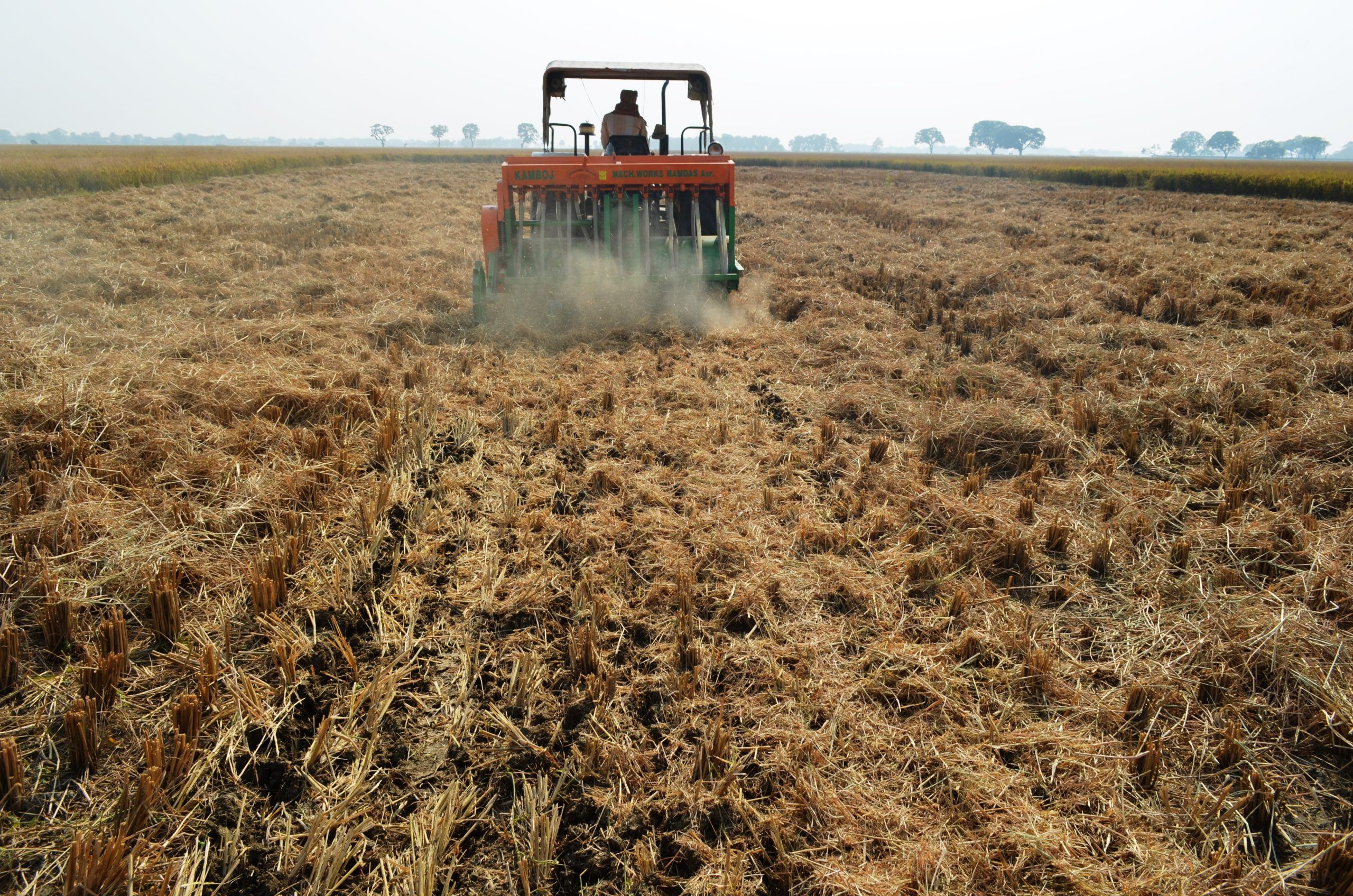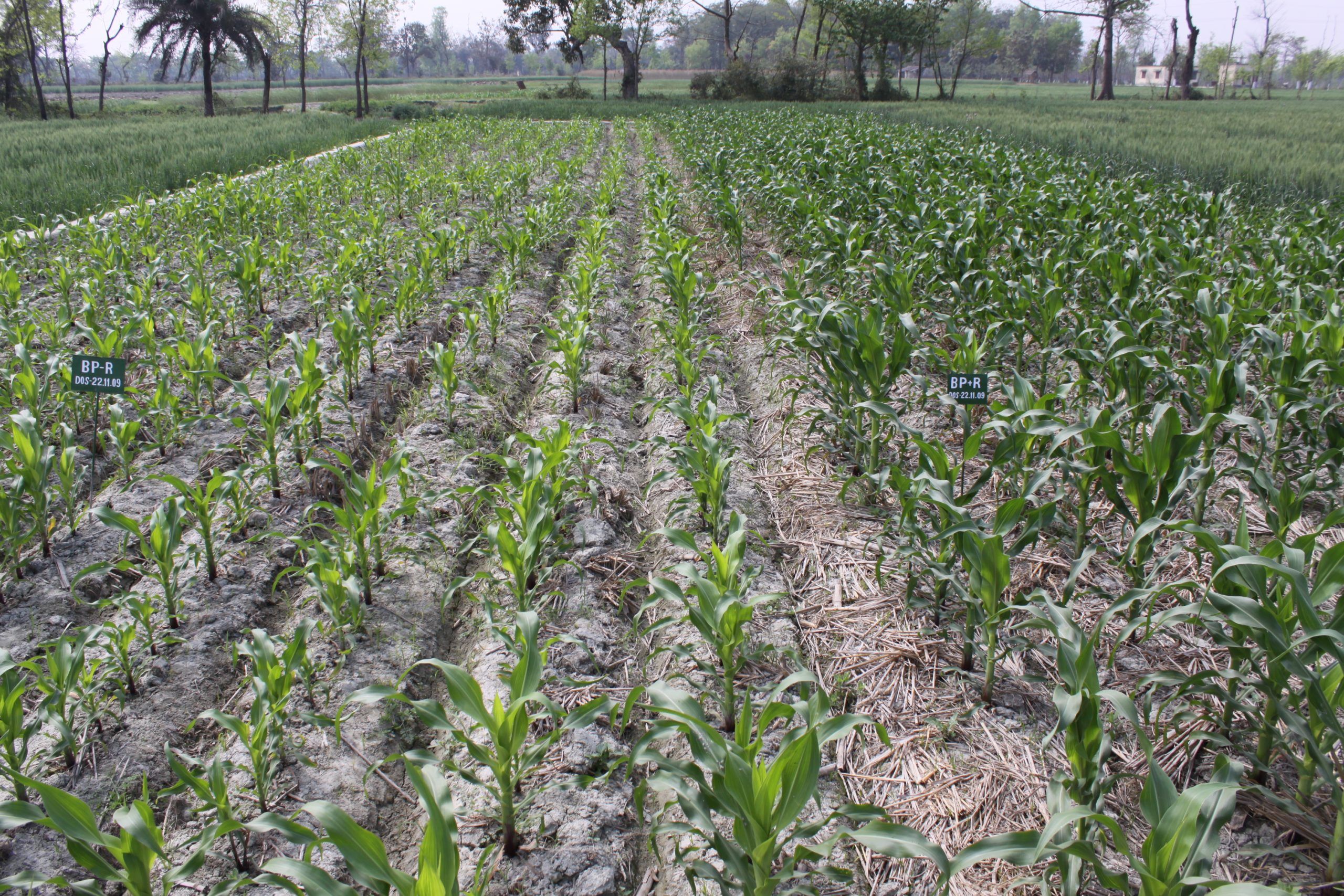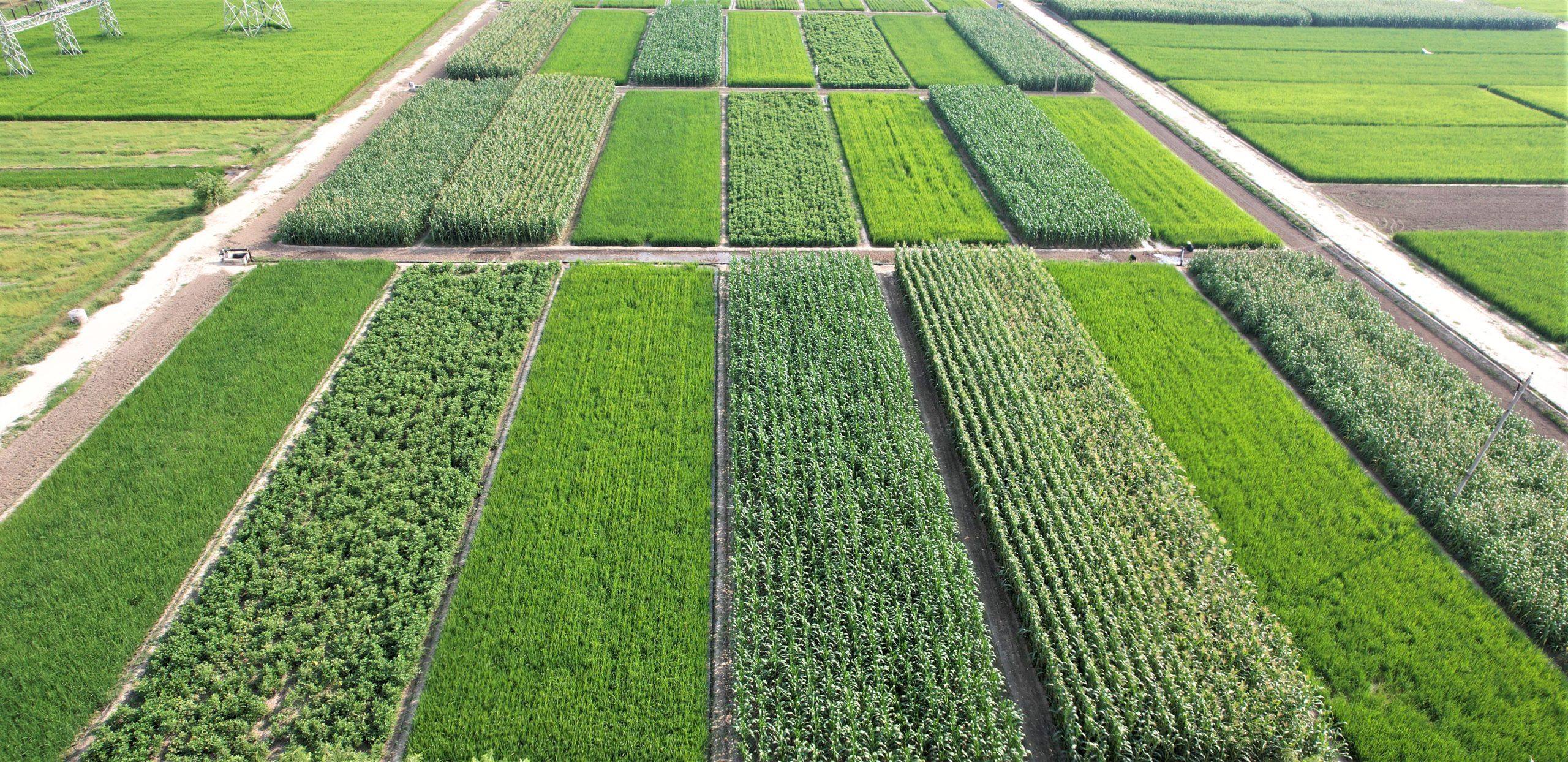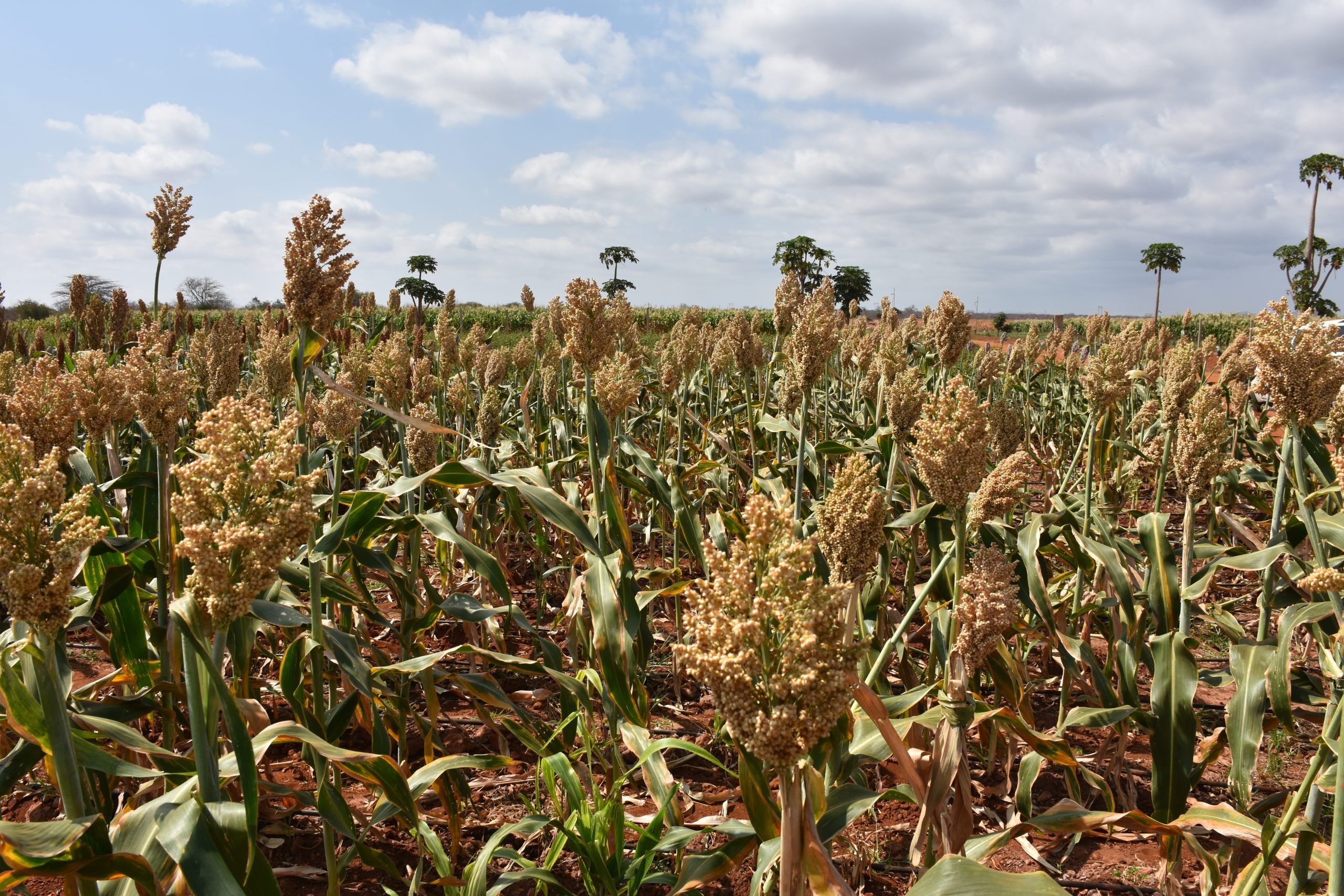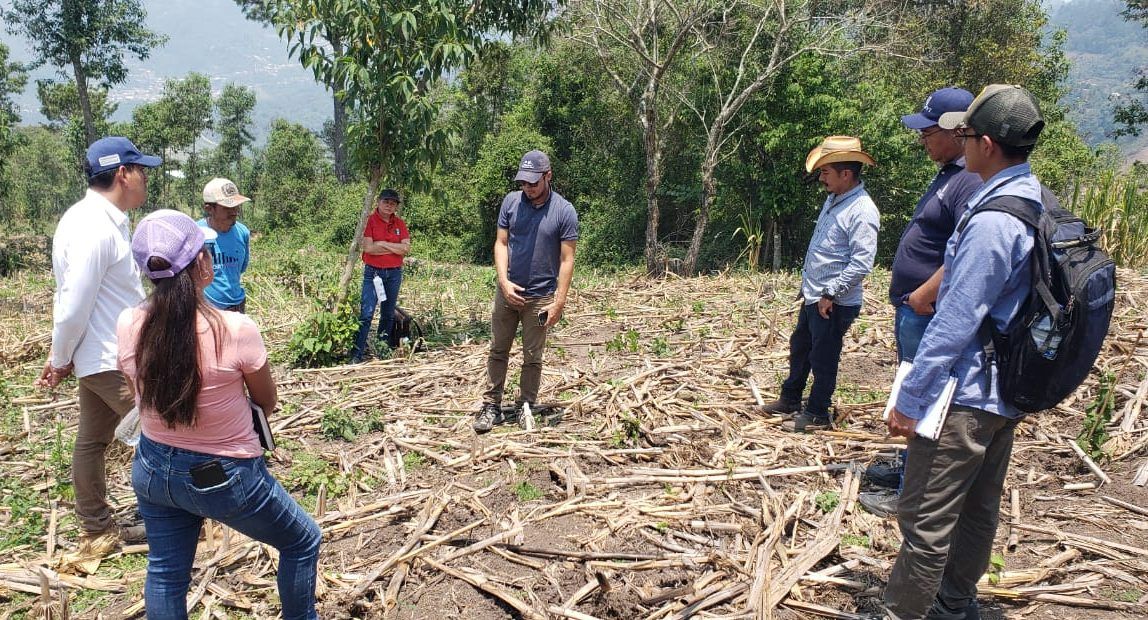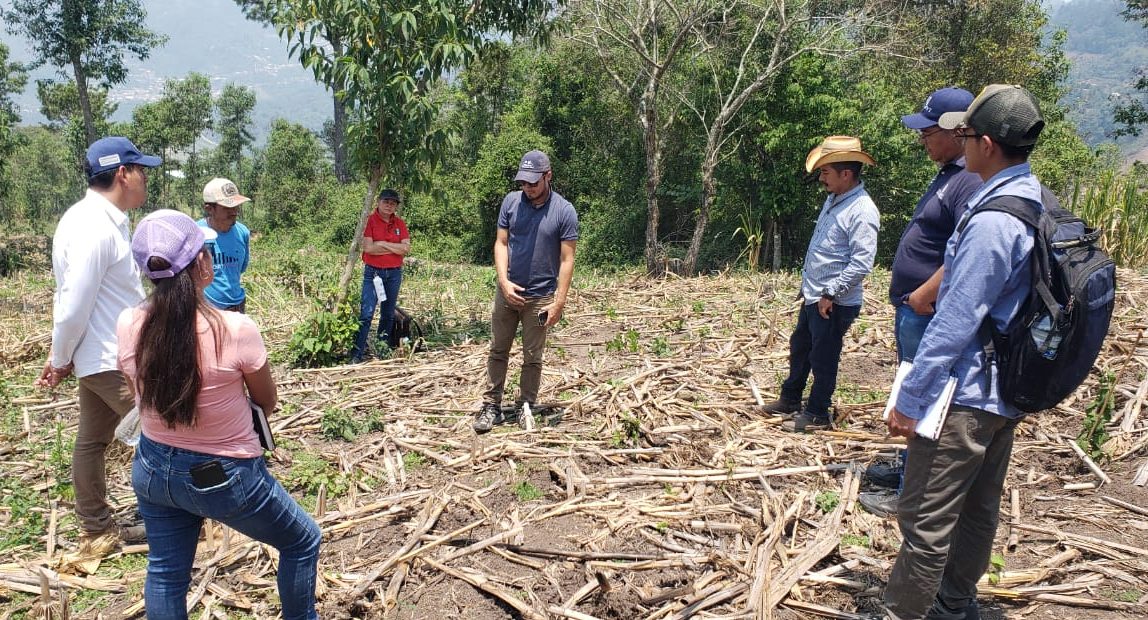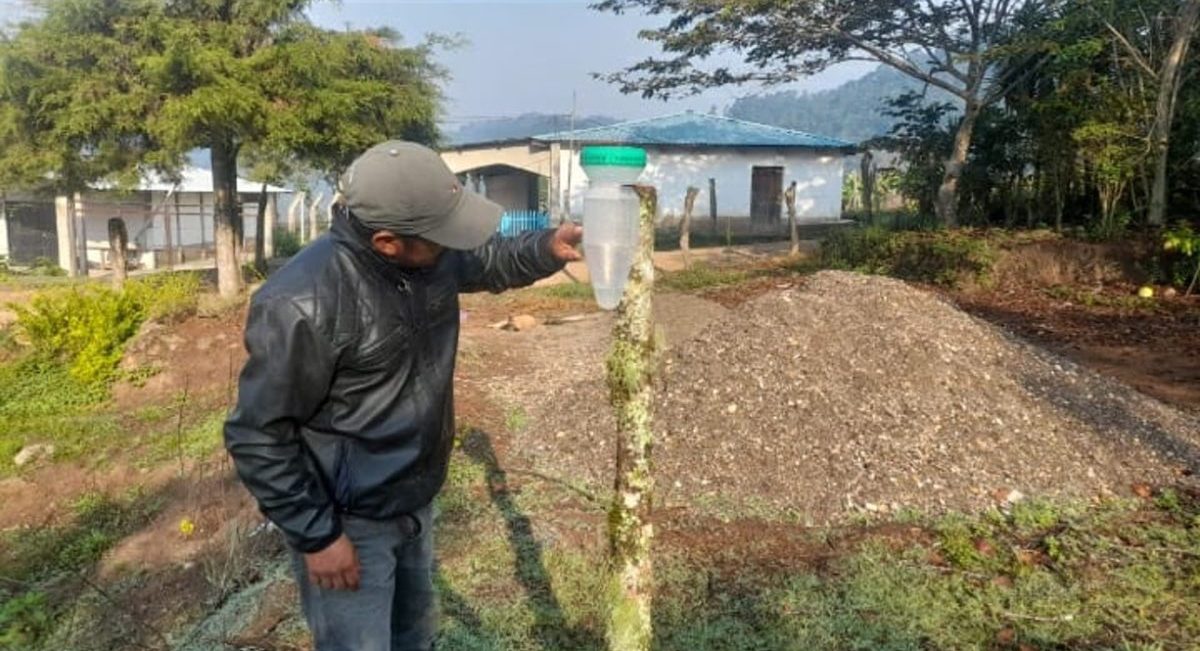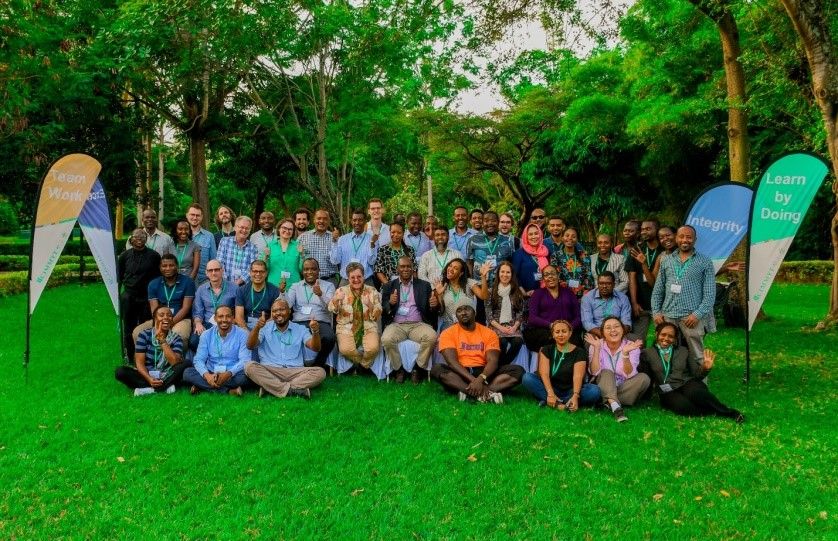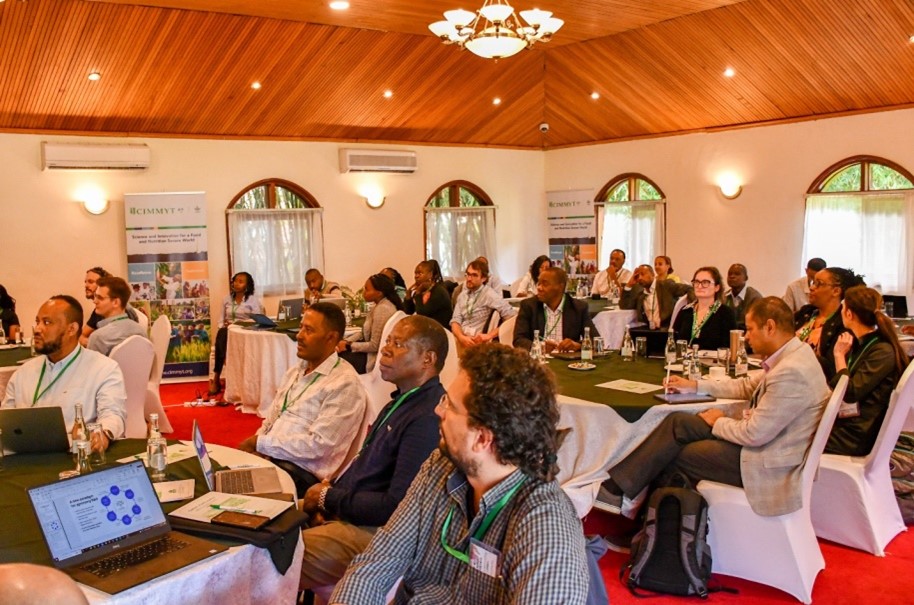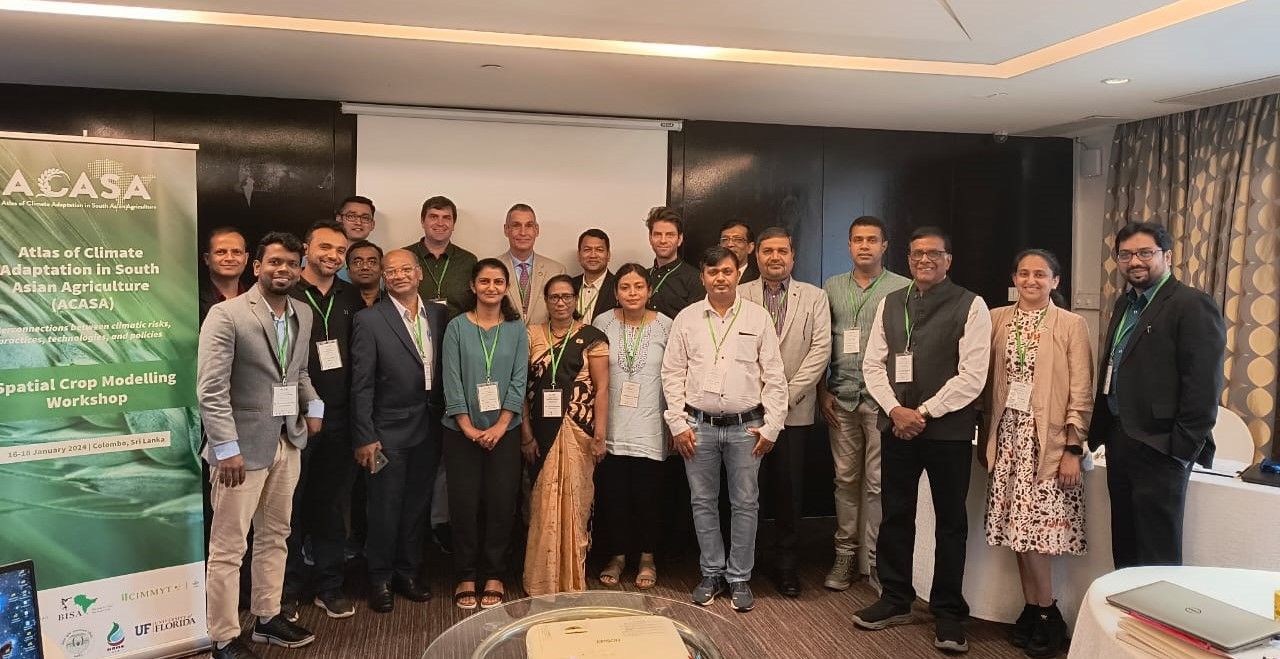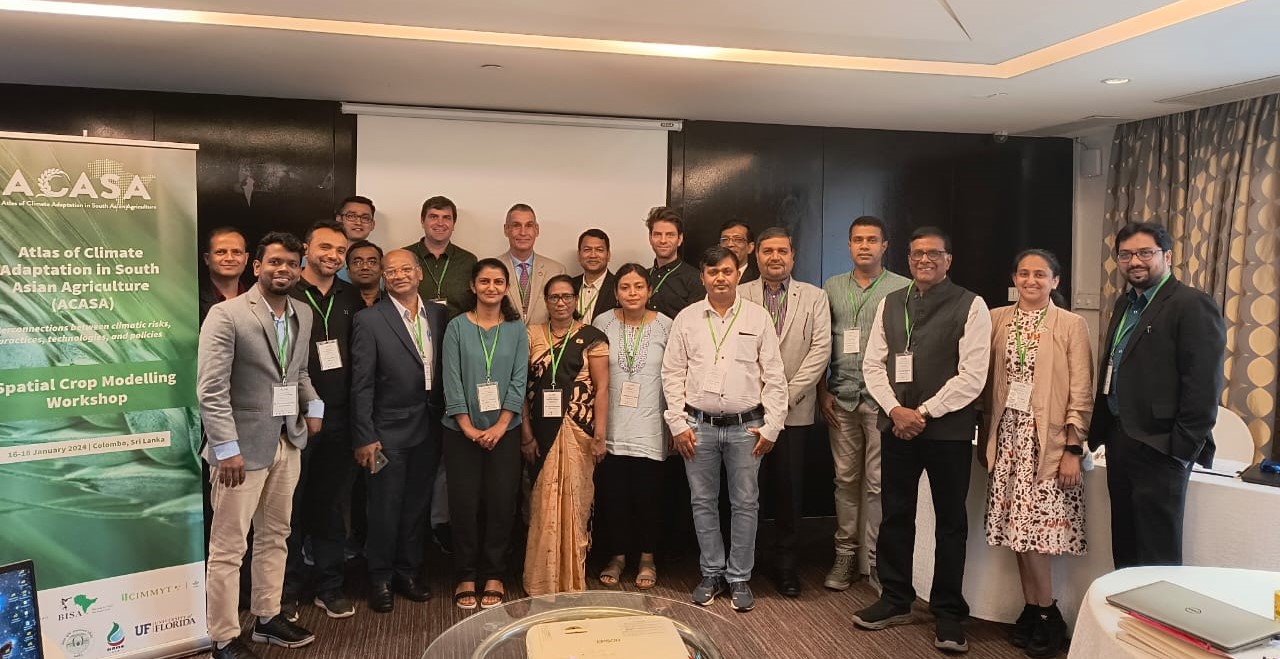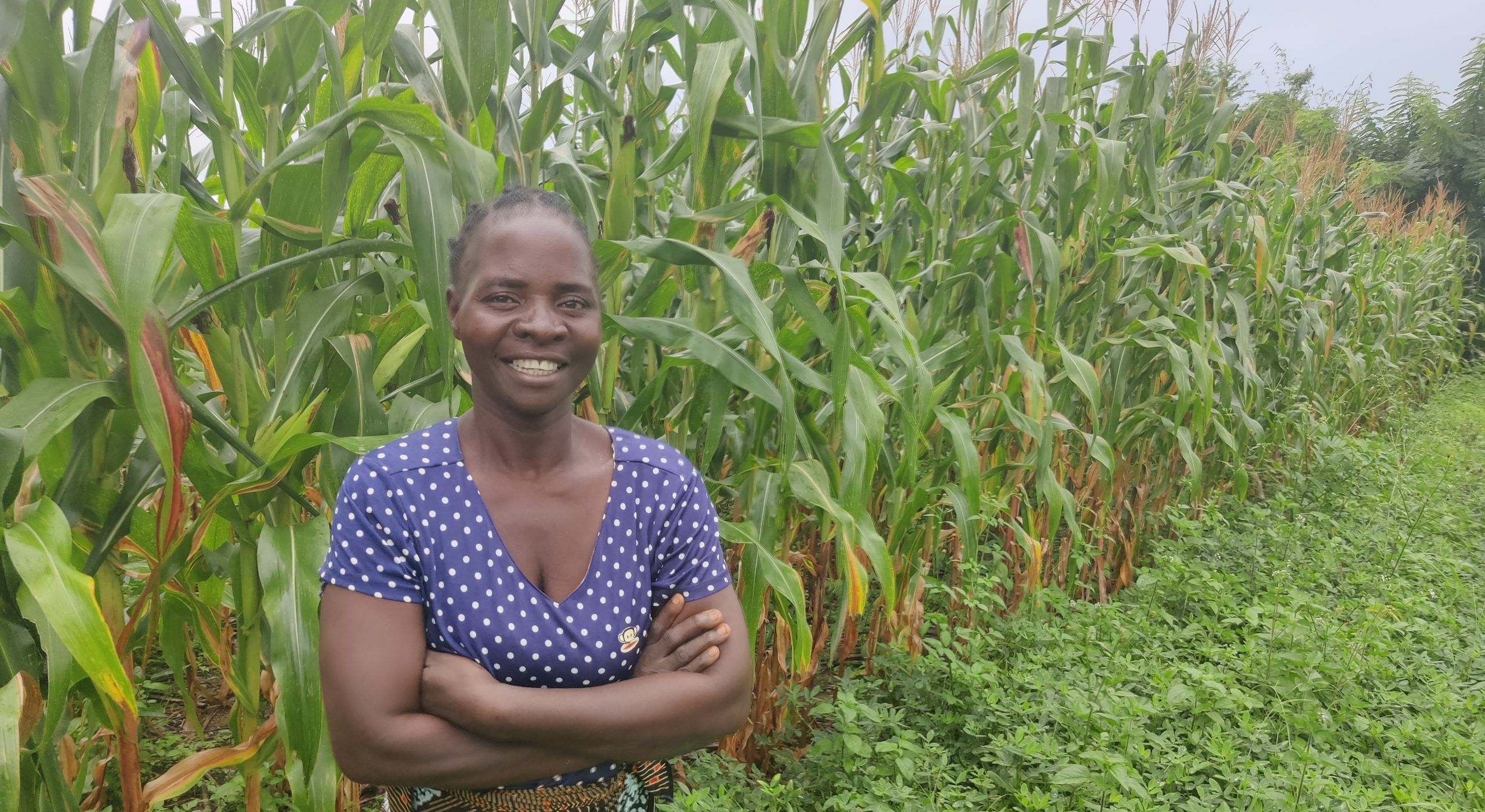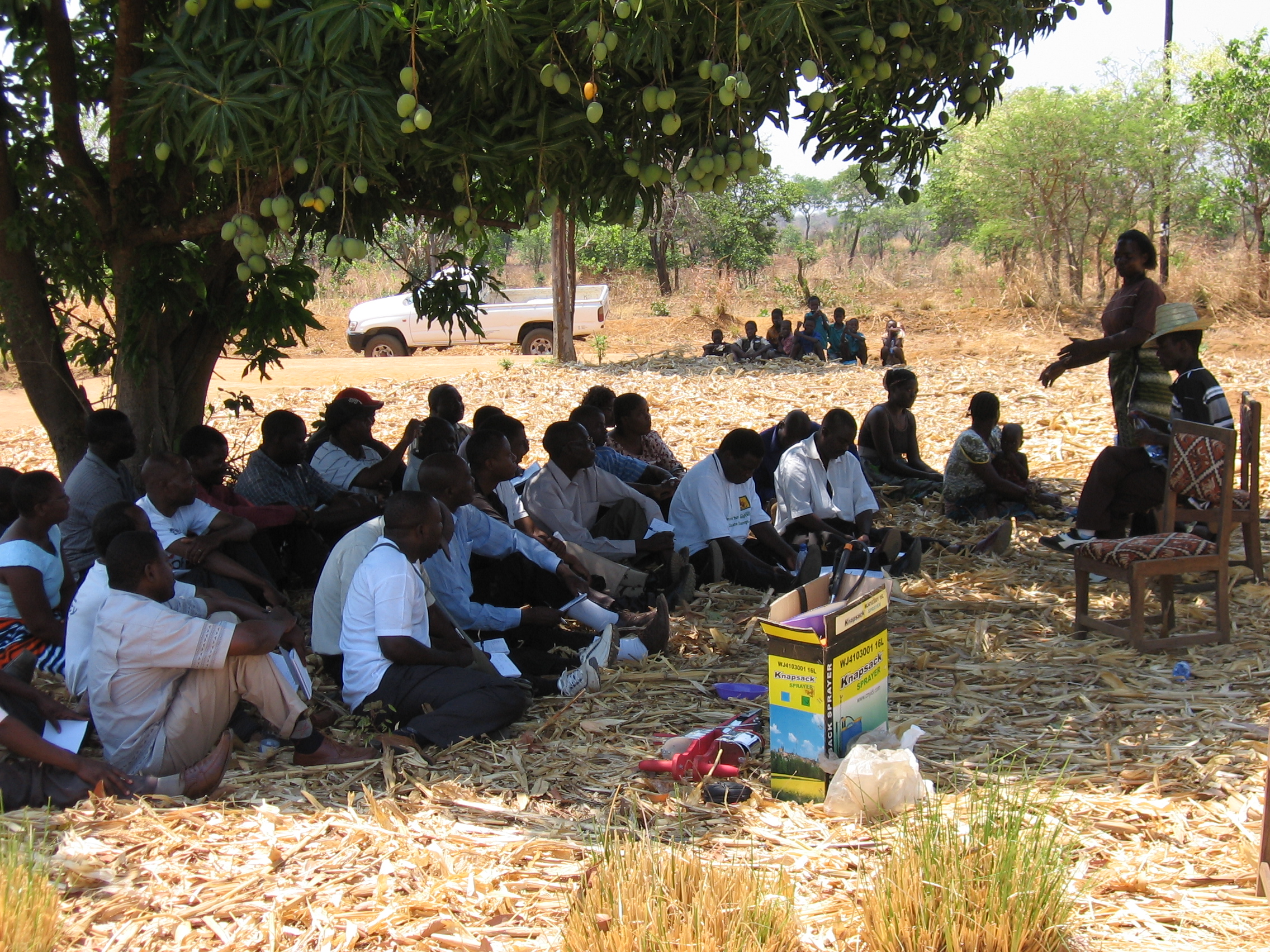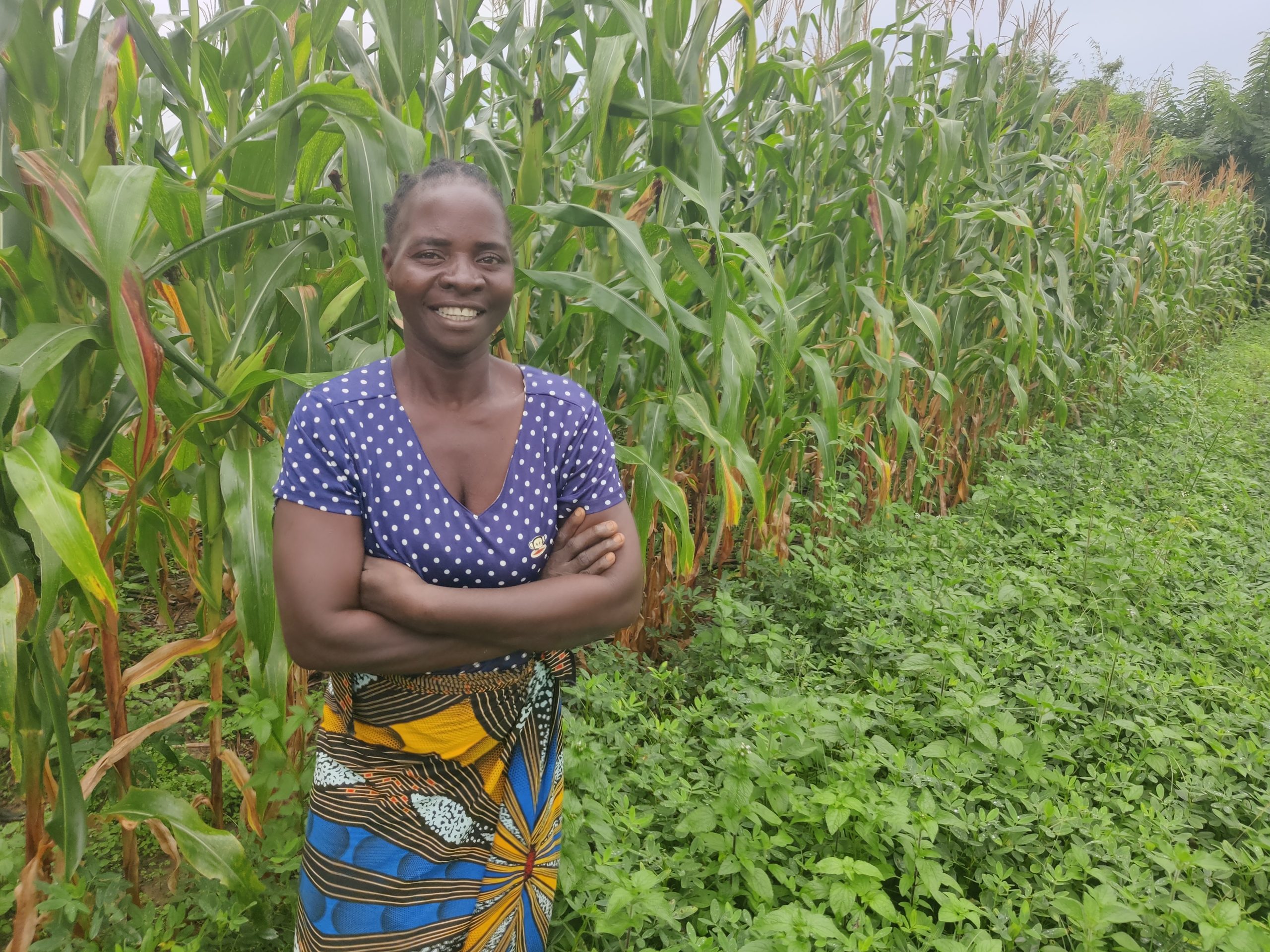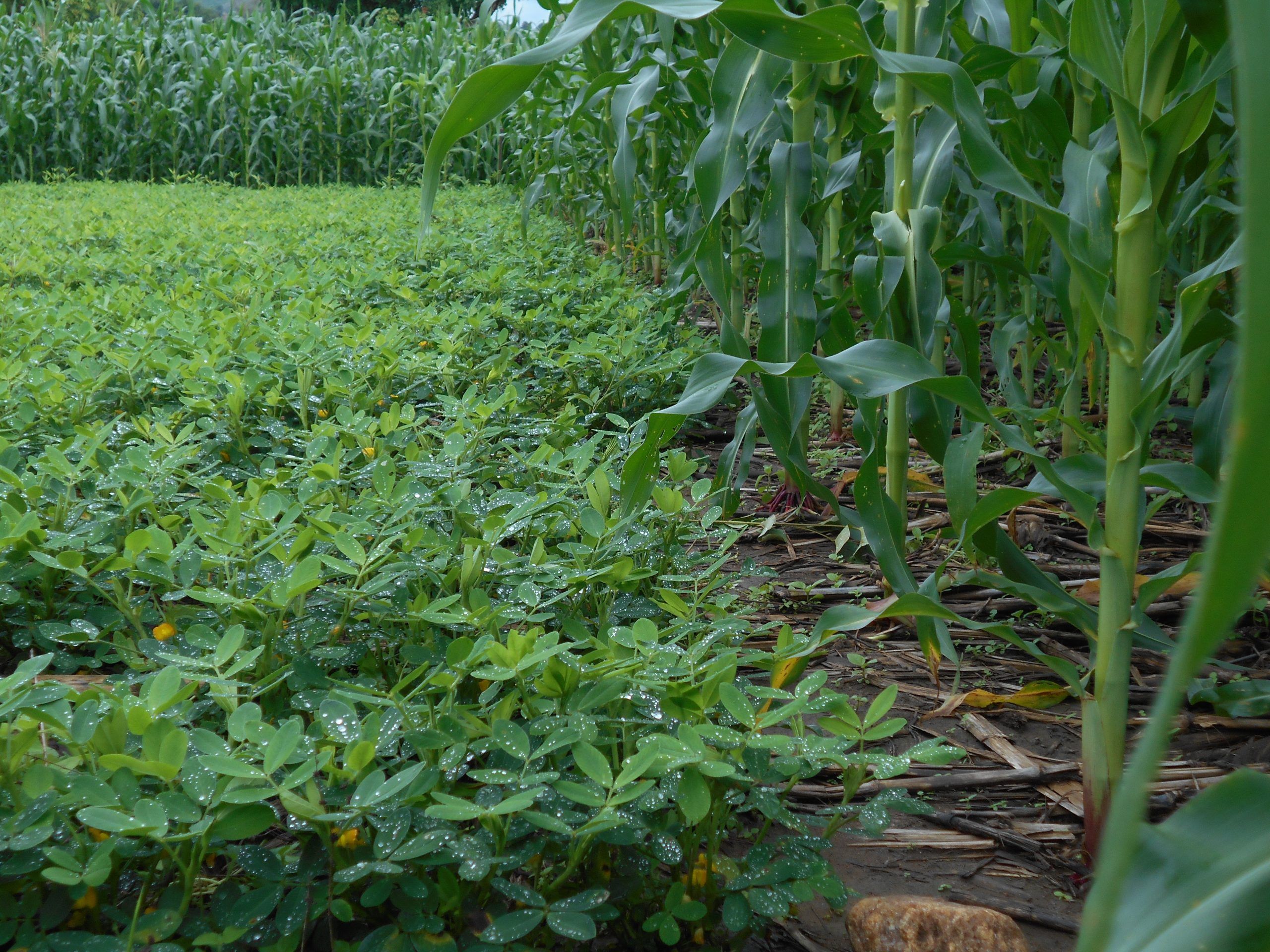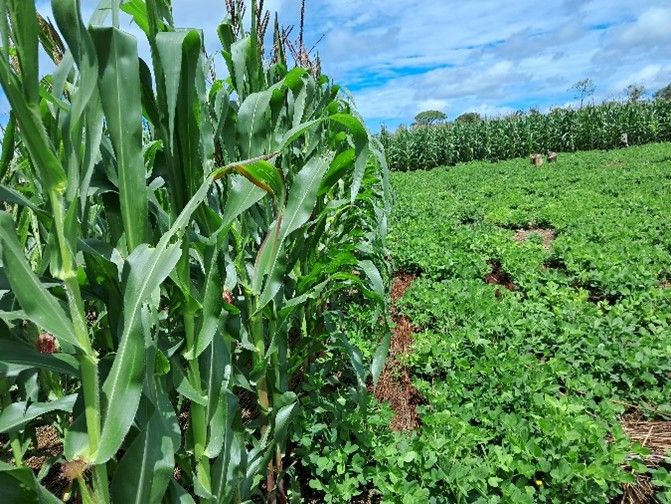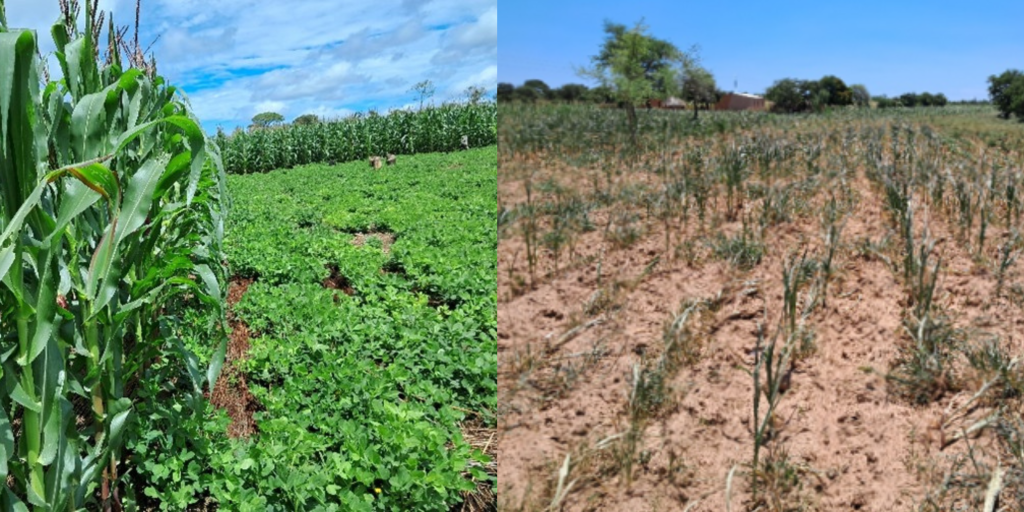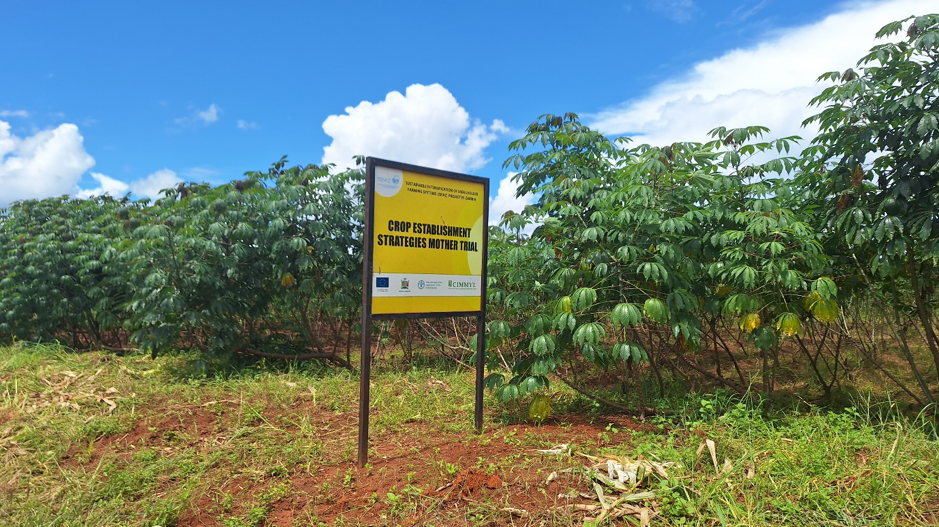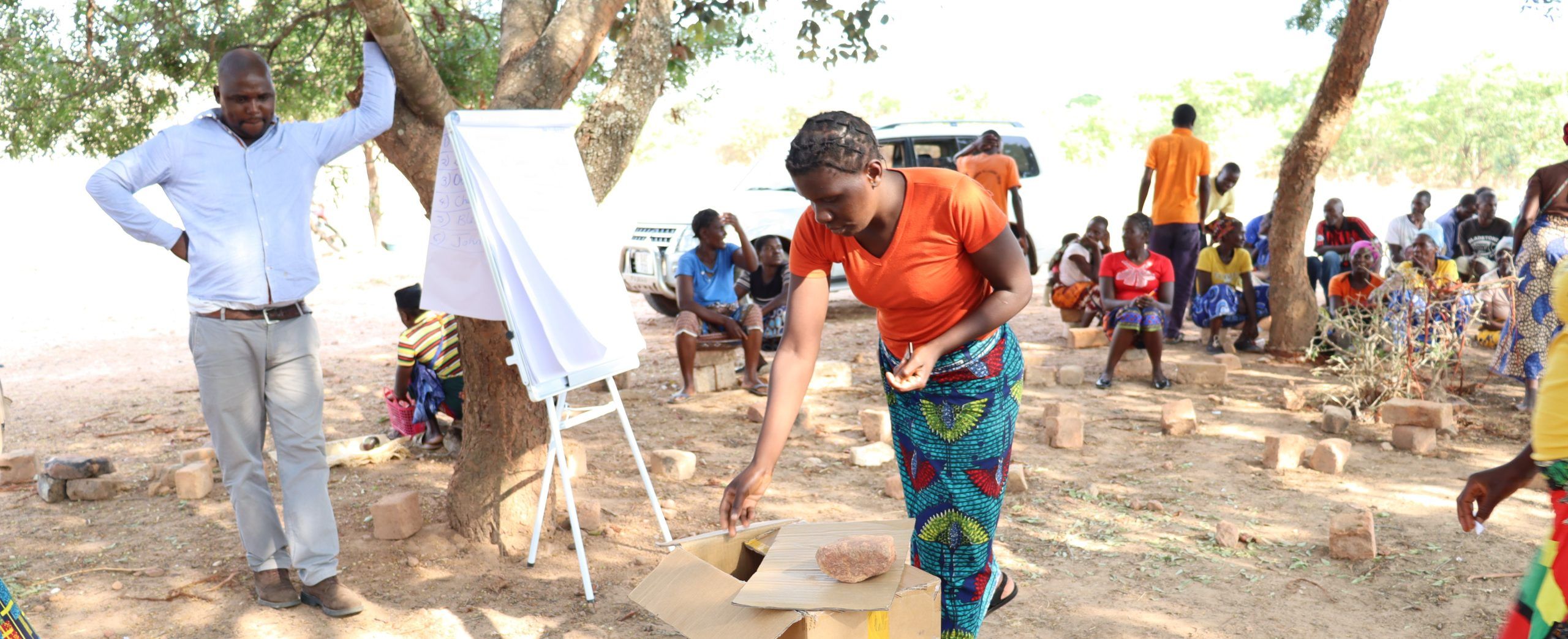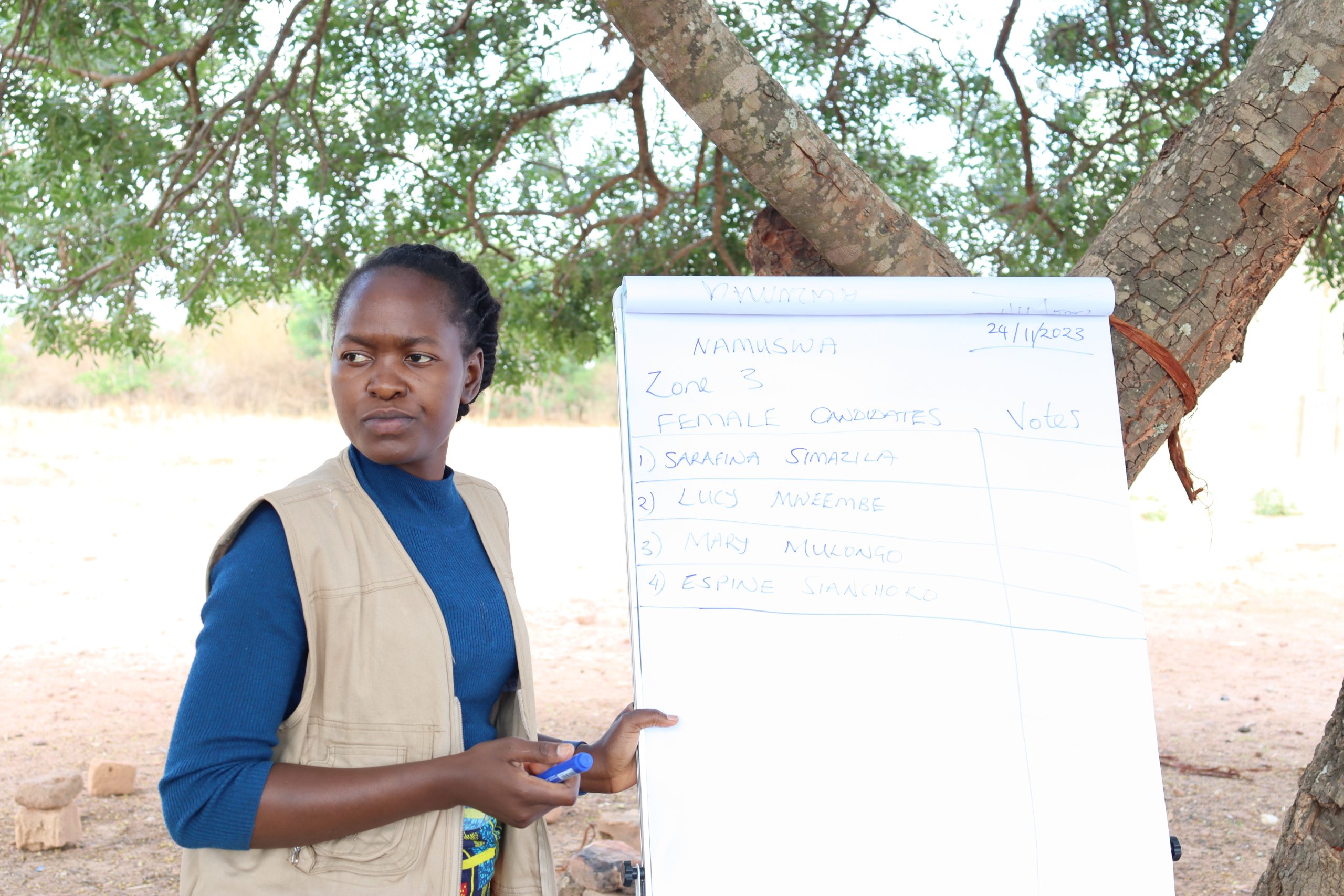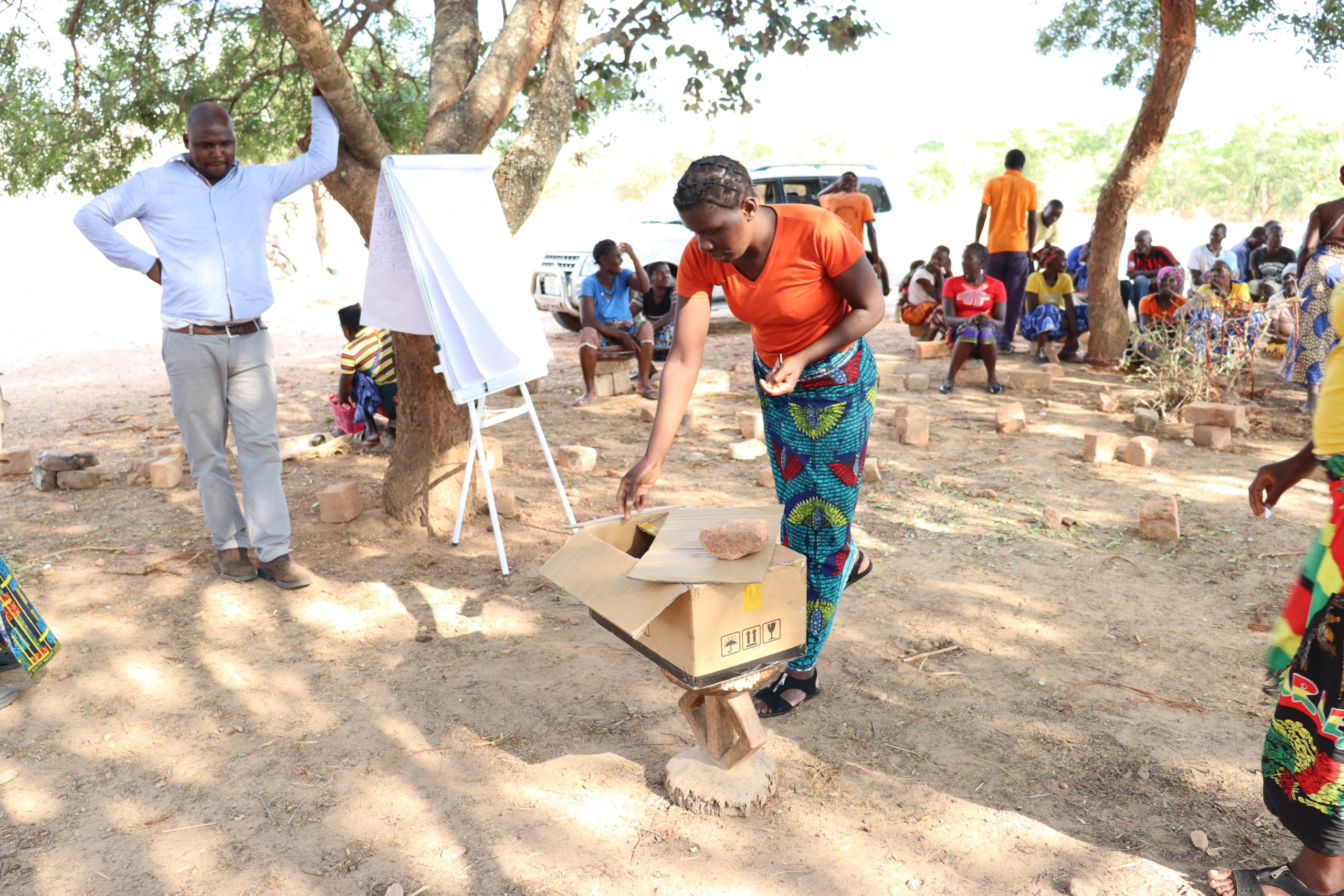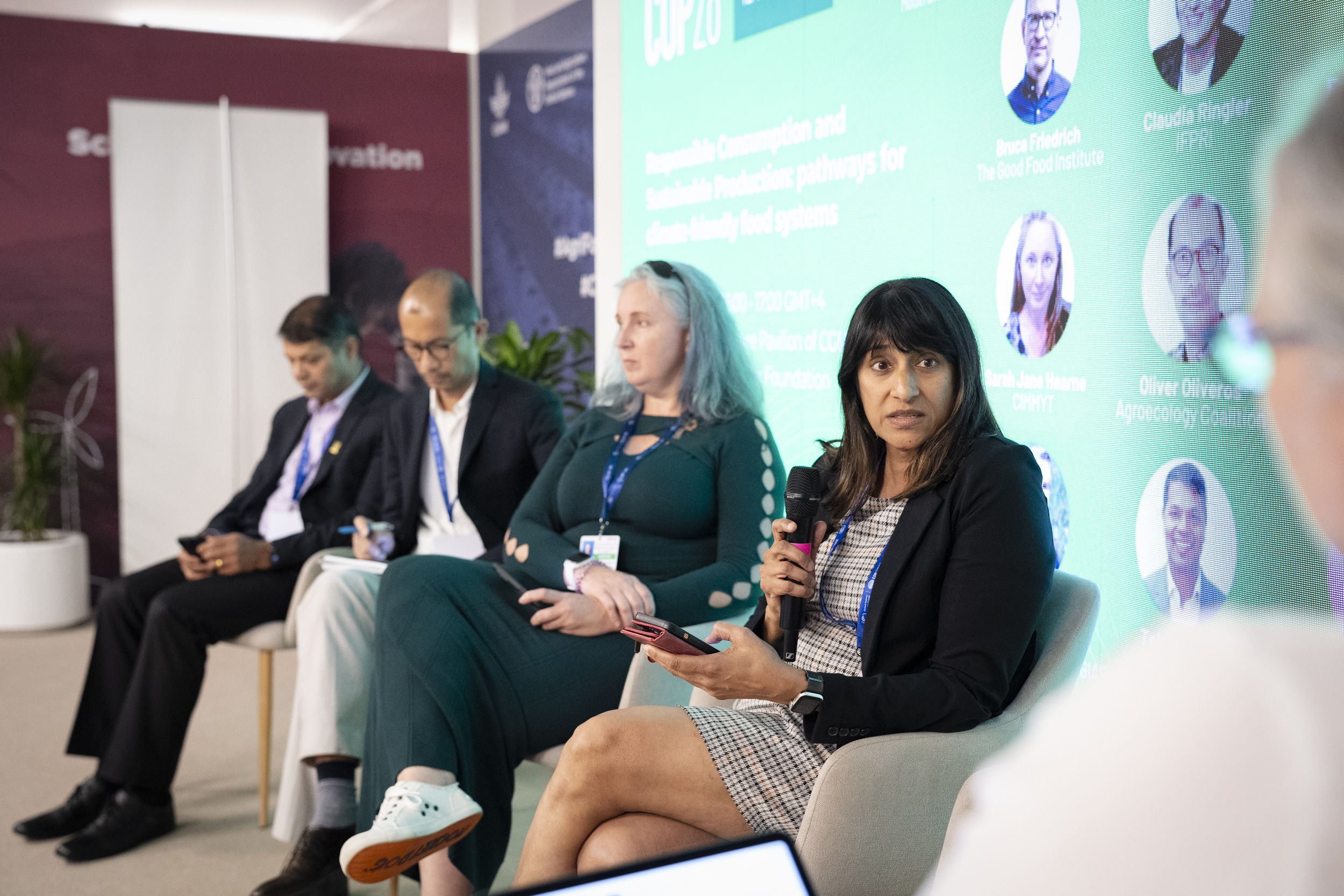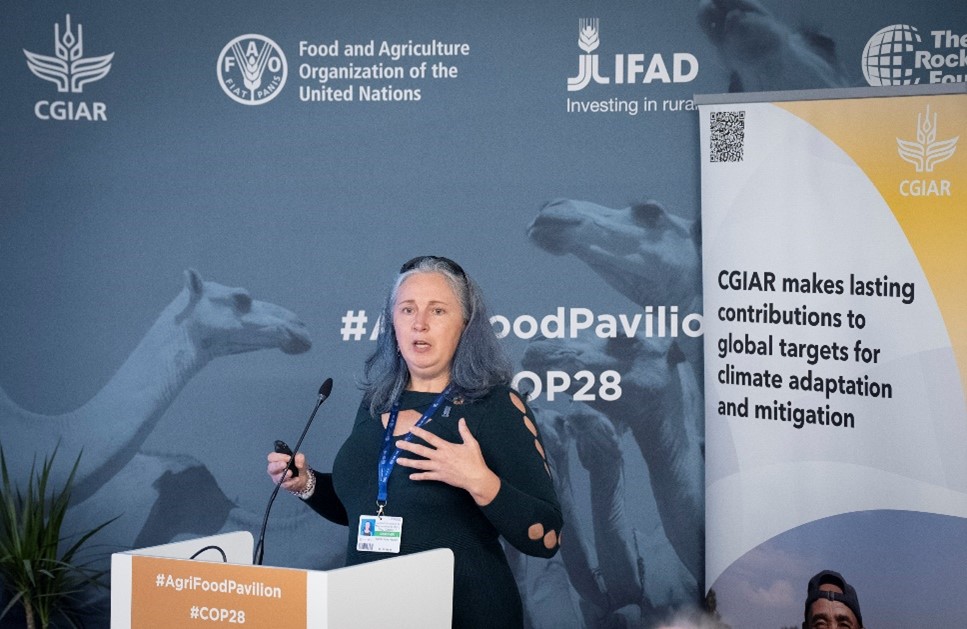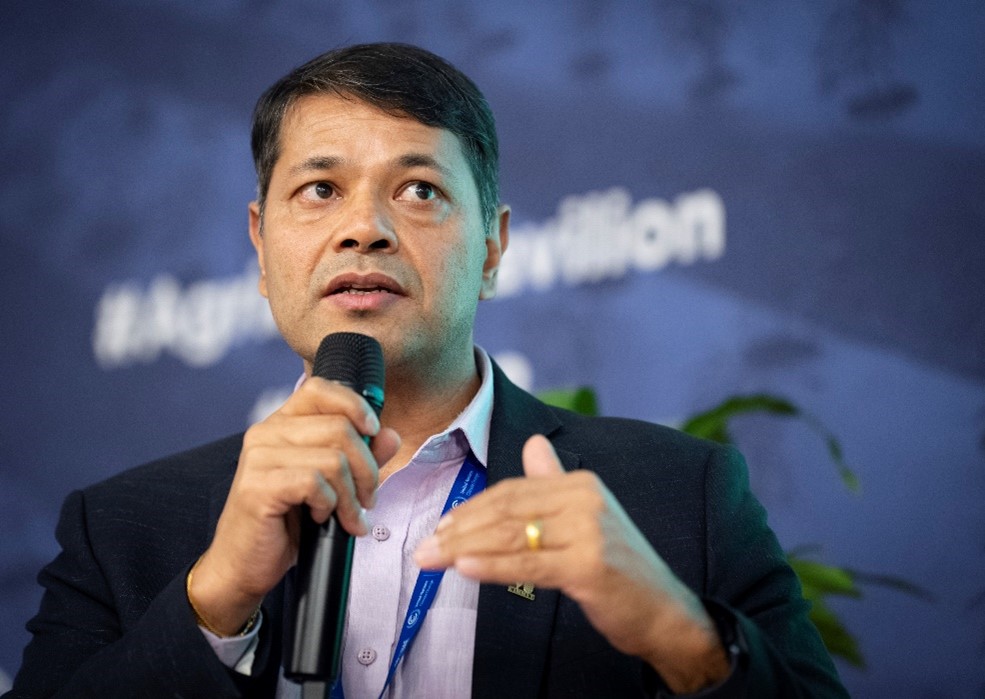Strengthen the soil, strengthen the future of agri-food systems: The Economics of Healthy Soils for Sustainable Food Systems
Soil health is not just a medium for healthy crop production; it’s also a vital pillar to support sustainable food production and ultimately a nation’s economy. In India, where over 45% of the population works in agriculture, soil health underpins household and national food security, rural incomes and the economy at large. Despite this dependence, the ratio of agricultural production to the national income, i.e. GDP has fallen from 35% in 1990 to 15% in 2023, a decline driven by low productivity, shrinking farm incomes, and environmental degradation (Government of India, 2023).
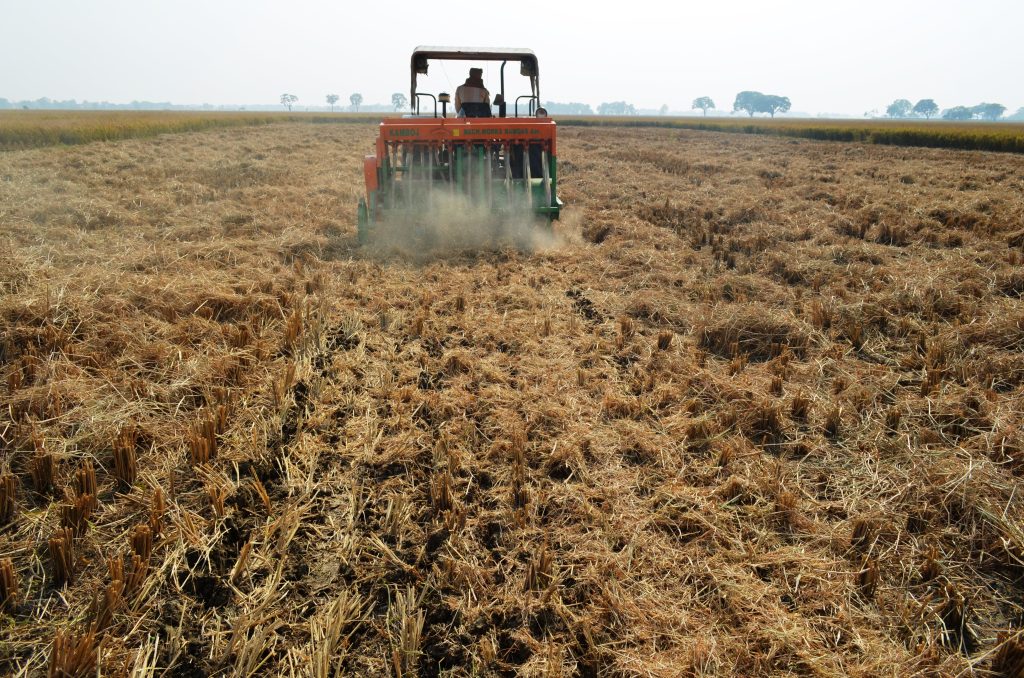
India faces an annual economic loss of ₹2.54 trillion annually—about 2% of its GDP—due to land degradation and unsustainable land-use practices (TERI, 2018). For smallholder farmers, soil degradation is a silent economic burden that reduces yields and increases input costs. In Bihar, studies by the Cereal Systems Initiative for South Asia (CSISA) show that droughts have a lasting impact on soil quality and agricultural productivity, with increasing frequency and severity exacerbating vulnerabilities in states like of Bihar and its neighboring states (Nageswararao et al., 2016; Singh et al., 2022).
The frequency of these drought conditions pushes farmers into a vicious cycle of low productivity, high costs for irrigation, and a growing dependence on non-farm income sources exacerbating the state’s vulnerability to drought (Kishore et al., 2014).
“CIMMYT India scientists greatly value the opportunity to collaborate with colleagues from ICAR and other NARES partners in supporting farmers to enhance soil health and achieve sustainable productivity”, said Alison Laing, CSISA project lead in India. “We are proud of the contribution we make alongside the Indian national systems to improving farmers’ livelihoods”, she added
Investing in solutions for soil resilience
Addressing soil degradation and climate challenges requires investment in climate-resilient agricultural technologies, and robust agronomic research. Evidence-based policies are critical to sustain agriculture, improve farmer well-being and ensure food and economic security.
A promising innovation is the Soil Intelligence System (SIS), launched in 2019 under CSISA. Initially operational in Andhra Pradesh, Bihar, and Odisha, SIS generates high-quality soil data and digital maps to provide farmers with precise agronomic recommendations. These recommendations help reduce fertilizer and water overuse, improving efficiency and reducing greenhouse gas emissions. By empowering smallholder farmers with data-driven decision-making, SIS exemplifies how technology can enhance productivity and sustainability.
SIS’s success extends beyond the farm. Data-driven insights have influenced policies like the Andhra Pradesh State Fertilizer and Micronutrient Policy, demonstrating the potential of soil health management to drive systemic agricultural reforms.
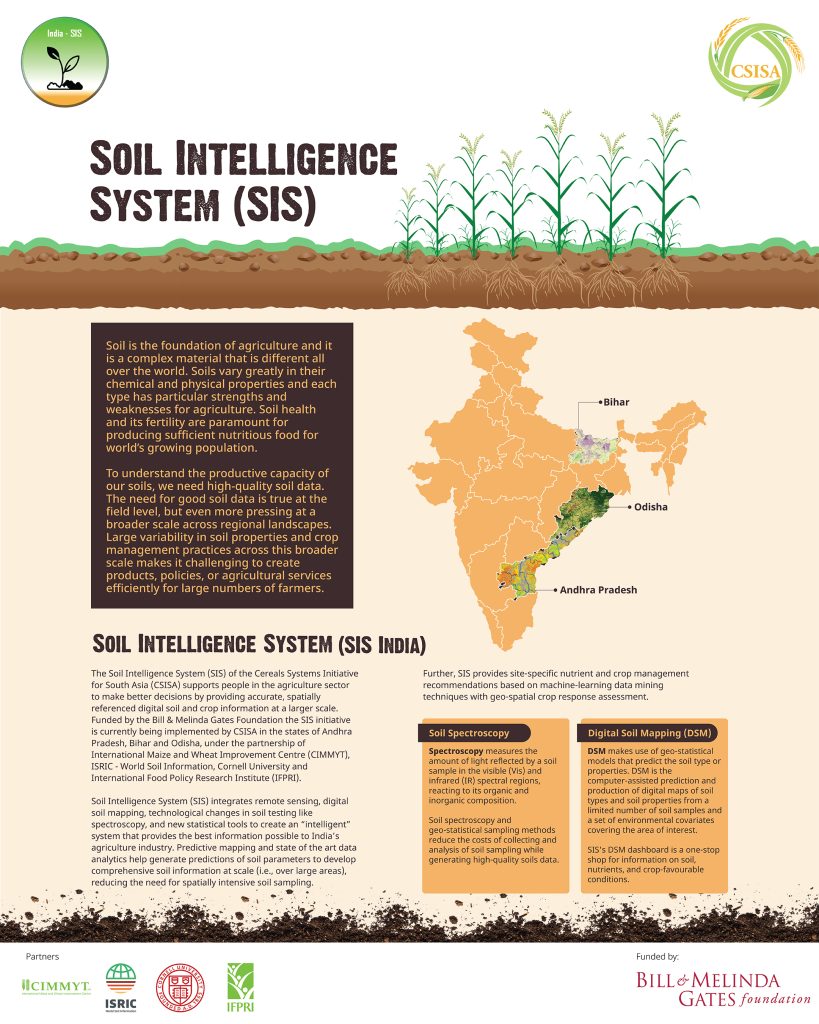
The 3M Framework: measure, monitor and manage
This year’s World Soil Day theme, “Caring for Soils: Measure, Monitor, Manage,” highlights the importance of data driven soil management. By measuring key indicators like organic carbon levels and erosion rates, and monitoring changes overtime, policymakers can develop sustainable strategies for soil restoration.
Scaling initiatives like SIS is crucial. Robust soil monitoring programs can inform better alignment between subsidies and sustainable practices. Together with state and central governments, NGOs, and other research organizations, CIMMYT is actively collaborating with farmers to measure, monitor and manage soil health for long-term sustainability and resilience.
References:
- Government of India (2023). Contribution of agriculture in GDP. Department of Agriculture & Farmers Welfare. Accessed online.
- TERI (2018). Economics of Desertification, Land Degradation and Drought in India, Vol I. The Energy and Resources Institute. Accessed online.
- Nageswararao, M.M., Dhekale, B.S., & Mohanty, U.C. (2016). Impact of climate variability on various Rabi crops over Northwest India. Theoretical and Applied Climatology, 131(503–521). https://doi.org/10.1007/s00704-016-1991-7.
- Singh, A. & Akhtar, Md. P. (2022). Drought-like situation in Bihar: Study and thought of sustainable strategy. IWRA (India) Journal, 11(1). Accessed online.
- Kishore, A., Joshi, P.K., & Pandey, D. (2014). Droughts, Distress, and Policies for Drought Proofing Agriculture in Bihar, India. IFPRI Discussion Paper 01398. https://ssrn.com/abstract=2545463.
